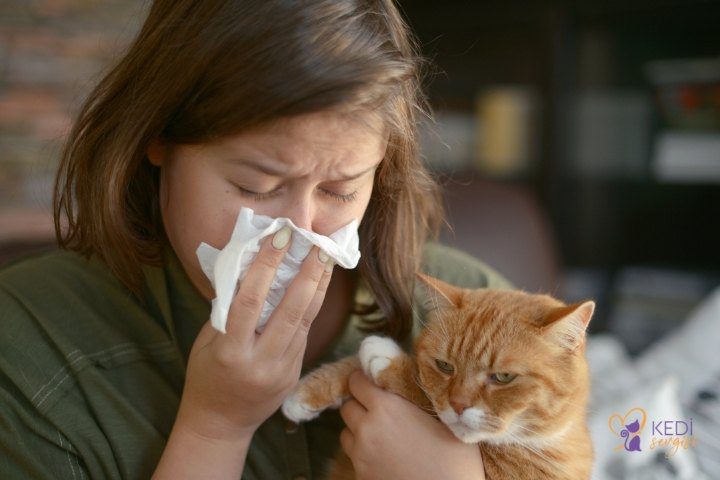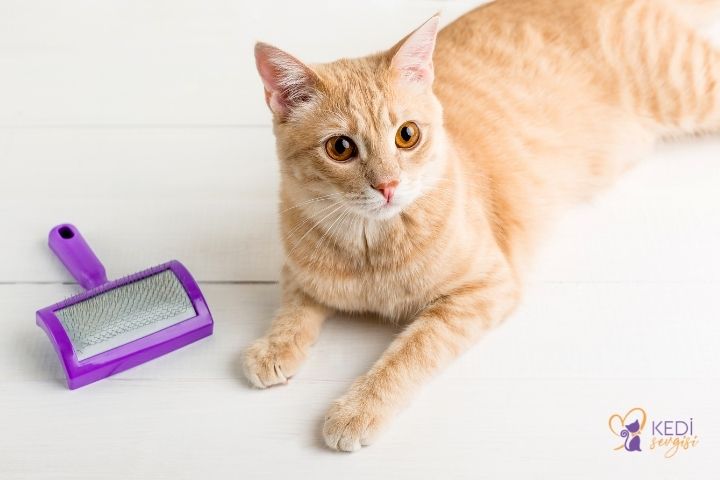Cat Hair Allergy

The increasing rate of pet ownership is one of the reasons why there are so many questions about cat dander allergies today. If you have a runny nose, repeated sneezing or watery eyes after coming into contact with a cat, you are most likely allergic to cats. These allergic reactions will continue if you have frequent contact with the tiny paws. So how much do we know about this hair allergy in cats? We have researched the subject for you in its most basic form…

What is Cat Hair Allergy?
Cat dander allergy is a type of allergy that can cause different health problems. Cats, just like other creatures in nature, are capable of producing allergens. Although not all cats have this feature, it is observed in a large proportion. Our little friends have allergens in their fur and saliva. Individuals who are sensitive to these allergens are adversely affected by contact with them. The level of allergy may be more or less severe depending on the characteristics of the cat living in the house. Factors such as having more than one cat, hair length, breed and time spent together determine the level of allergy. In addition, dust or pollen found on cats and between their hair can also cause allergies in humans. In this case, you are not allergic to the cat, but to the dust or pollen.
. Kedi alerjisi testi you can clarify the situation.
Symptoms of Cat Hair Allergy
The shape and severity of the symptoms of cat hair allergy depends on the degree to which the individual is exposed to sensitization. This condition, which can quickly affect the respiratory tract of those who are sensitive to allergens, should be taken seriously. This can be shown as the answer to the question : Is cat allergy dangerous? So what are the symptoms?
- Repeated bouts of sneezing and nasal congestion every time the cat comes into contact.
- Facial pain is experienced due to nasal congestion.
- There may be a feeling of tightness in the chest and shortness of breath. There may also be wheezing.
- Skin rash problems such as hives may occur.
In order to diagnose cat dander allergy, a series of tests must be carried out by doctors. If you are experiencing the symptoms mentioned above, you should contact a specialist physician.

How to Treat Cat Hair Allergy?
The treatment of cat dander allergy is determined by a doctor after examinations and tests. After getting to the root of the problem, the doctor will develop a treatment plan accordingly. For people with simple symptoms, medication is usually appropriate. Nasal sprays are an example. If it causes serious respiratory problems, a different and more comprehensive type of treatment is used. It is possible to reverse cat dander allergy without medication. As we explained in detail in our article Cat Allergy Symptoms and Treatment, you do not need to be separated from your little paws because you are allergic. For example, you can minimize the problem by limiting the area where your little friend will move around the house during the day. It is also useful not to let the cat in your bedroom while sleeping at night. For more information, you can follow our Instagram account.






